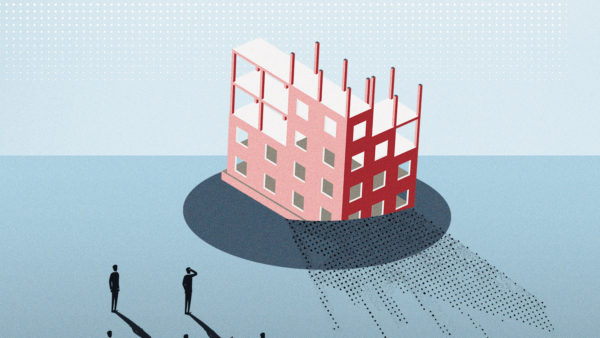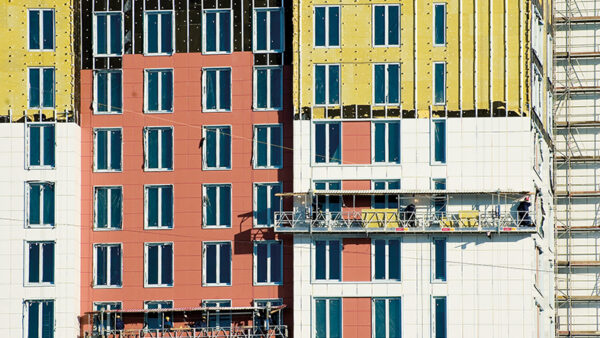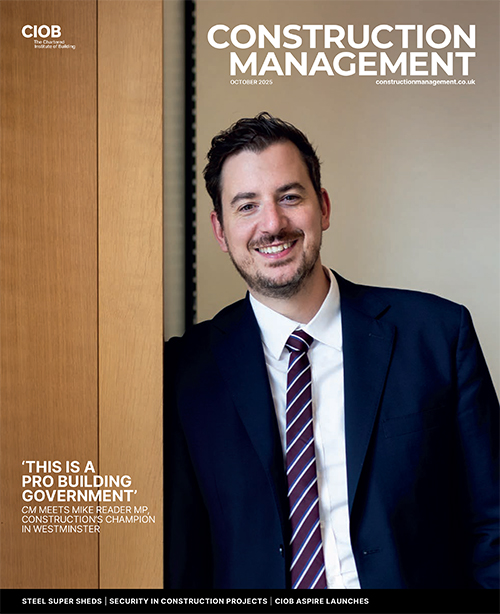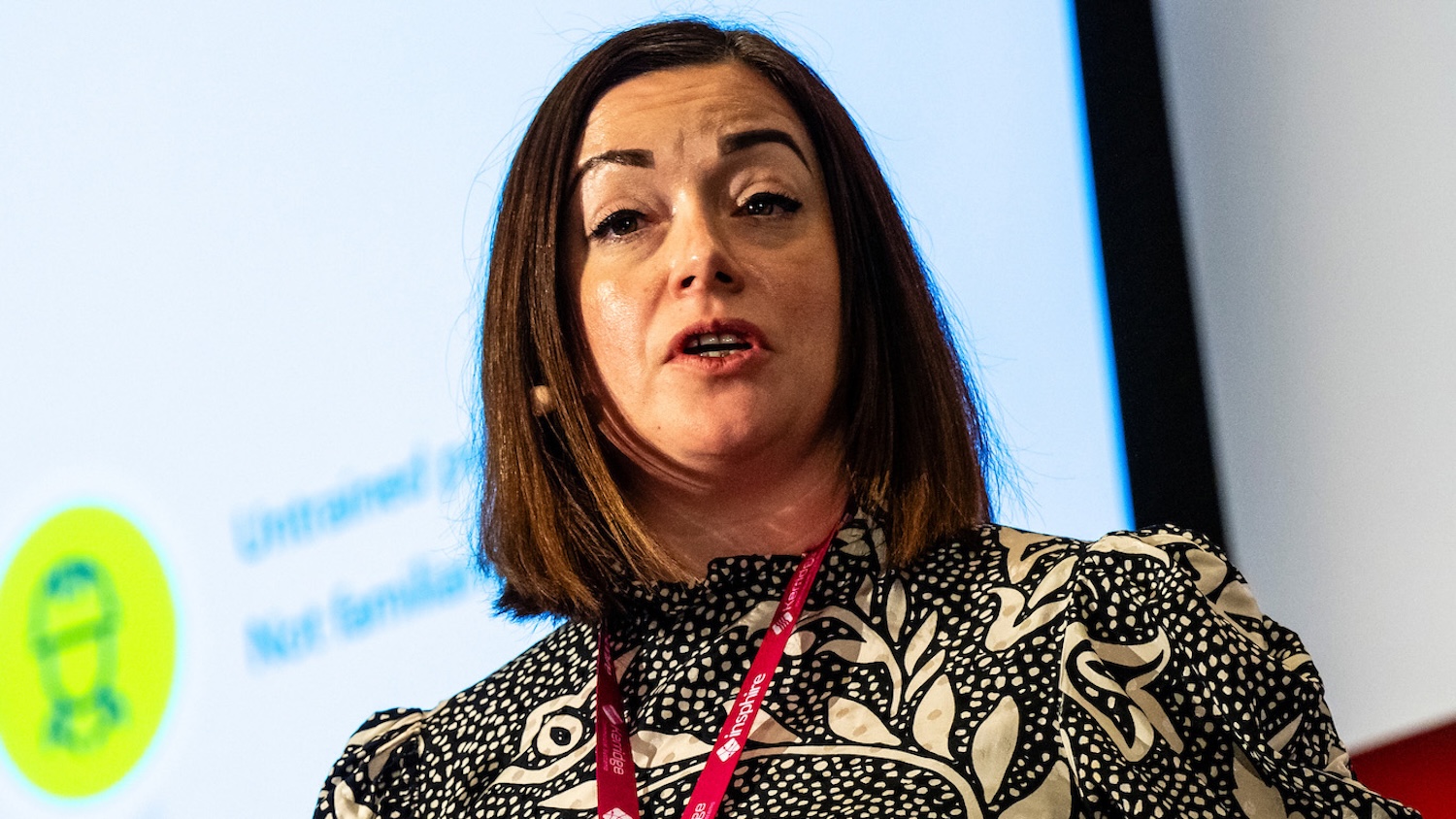BAM Construct’s Barbara Cahalane fears that ‘re-thinking construction’ is taking us round in circles when we need to think laterally.

Barbara Cahalane
I am turning my home office back into a bedroom. I do not need it anymore on the days when I work from home.
My printer is redundant. Once used for printing order forms, or boarding passes, it has lain there gathering dust in the past few months. My plug-in keyboard is a relic too.
Now I sit at my kitchen table with a feather-light MacBook Air and sometimes with applications open on my iPhone and iPad alongside.
And I can see I will be typing less as Siri becomes my new best friend, saving me from myself when it comes to remembering birthdays, or to collect the dry cleaning. I also write fewer words and use images and emoticons more to convey meaning.
Yet, here we are in 2015 scratching our heads about capacity issues in the construction industry, dealing with skills shortages – again – and puzzling, still, about how we can make construction more productive. “Rethinking construction” – all over again.
Like many other sectors, I think we are trying to solve our issues from within, instead of looking outwards enough.
Virtual modelling, for example, was being applied in other industries long before our industry discovered it, called our application of it “BIM”, and convinced ourselves we had invented it.
“The successful organisations of the future are most likely to be those who develop solutions at the intersection of other industries and sectors, like robotics and biotech.”
There is a not a contractor in the country that does not aspire to the goal of eliminating accidents and injuries, but we all still send humans out to do risky tasks on sites. But this in an age where robots can assemble the most sophisticated high-tech car engines, and in construction we could control them remotely from the safety of a site cabin.
We can’t attract enough STEM graduates, we say. And that’s why, we tell ourselves, we can’t find enough women, because they don’t choose these subjects in sufficient numbers.
Actually, we need a wider blend of backgrounds: people whose academic training has taught them to develop their creative, lateral thinking skills, such as languages, history, economics and art graduates, who can work alongside the engineers, surveyors and maths brainiacs.
We like our processes and procedures in construction and they are important. But the challenge, methinks, is to envision new outcomes. Not to squeeze more efficiency and productivity from the existing processes, but to challenge ourselves with questions such as: “Supposing we did not do it this way at all?”
The successful organisations of the future are most likely to be those who develop solutions at the intersection of other industries and sectors, like robotics and biotech.
The technology is already here and evolving exponentially. In five years, we will be able to do things that we cannot now even imagine.
But in 2020, as now, the benefits will accrue first to the folk who have the creativity to wholly re-invent the way they do things, rather than using technology to automate what they do now.
It’s a lateral thinking – not a process – challenge.
Barbara Cahalane is director of corporate communications at BAM Construct UK, heading up the internal and external communications functions










